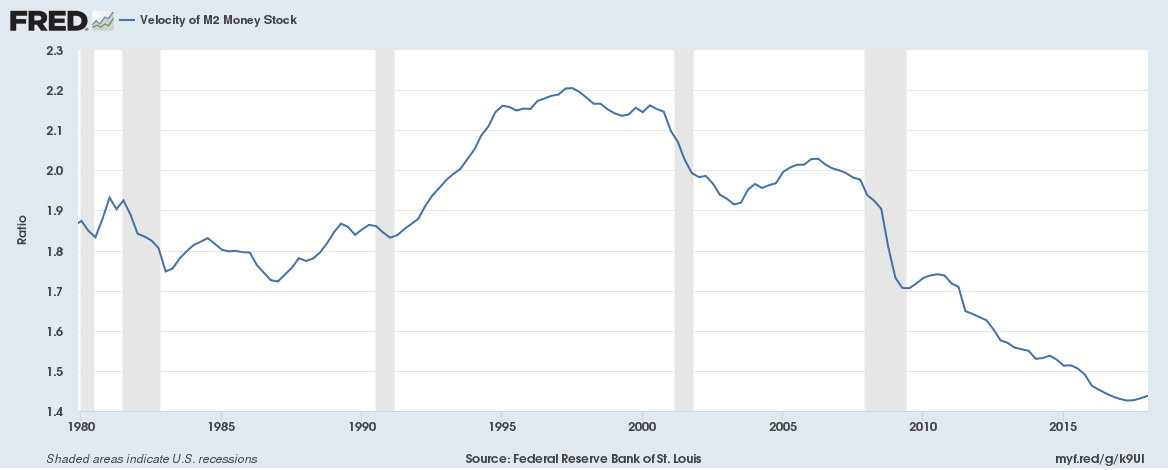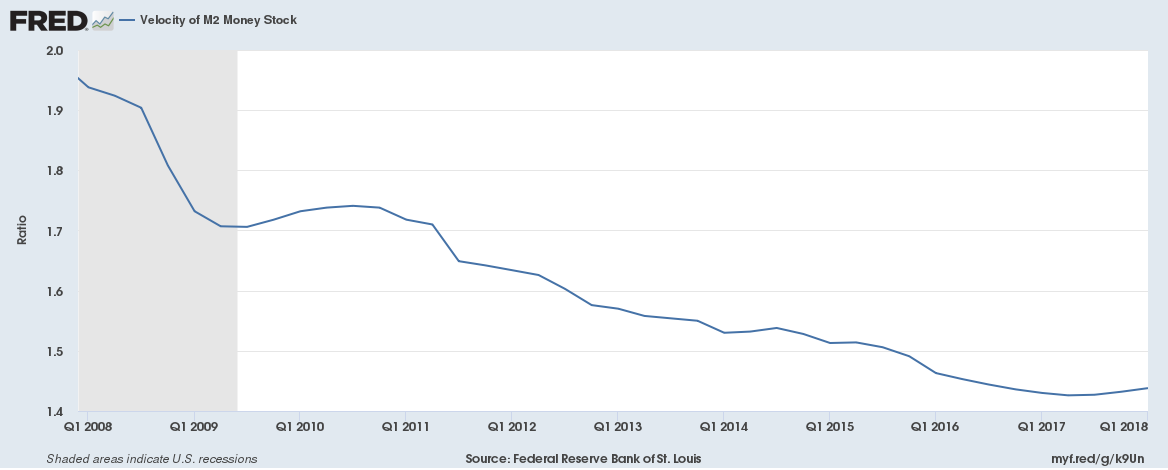***SPECIAL Fed Update – Continued Arrogance & Pomposity Spells Recession***
Stock Market Behavior Models for the Day
As with every Federal Open Market Committee (FOMC) statement day, there is a model for the stock market to follow pre and post announcement. Certain environments have very strong tendencies while others do not. Over the past few meetings, many of the strongest trends were muted and today is no different.
As with most statement days, the model for the day calls for stocks to return plus or minus 0.50% until 2:00 PM. There is a 90% chance that occurs. If the stock market opens outside of that range, there is a strong trend to see stocks move in the opposite direction until 2:00 PM. For example, if the Dow opens down 1%, the model says to buy at the open and hold until at least 2:00 PM.
With stocks rallying strongly and closing at the highest level in more than 50 days, the usual post 2:00 PM rally has been reduced to slightly more than a coin flip, not exactly the big edge we are used to trading. However, with this strength, an opportunity for a decline opens up depending on how stocks close today.
Second Rate Hike of 2018 Today
The Fed is going to raise the Federal Funds Rate by 0.25% today. That’s almost 100% certain. Markets will be paying very close attention to the statement and Q&A from Chairman Jay Powell to glean what’s on their mind the rest of the year. With the usual Q1 sub-par GDP growth out of the way, Q2 and Q3 look to be much stronger. Additionally, May inflation numbers came in a little hot on both the consumer (CPI) and producer (PPI) side. With the PPI outpacing the CPI, companies are not able to fully pass along price increases to the consumer which is good for the consumer but not so good for companies who will see their margins squeezed somewhat. In turn, this could put some pressure on earnings down the road.
Back in January, I forecast 3.5 rate hikes this year with the risk to the upside. I am standing by that and I haven’t wavered for even a day when the pundits were out in full force during the February stock market decline cutting their rate hike forecasts to just one more in 2018. That’s the problem with the vast majority of analysts; they focus too much on what is currently happening and lose sight of the intermediate-term and the big picture. Then, they get amnesia and revise history to never be wrong. I have never had a problem standing by forecasts, even when I end up being wrong. It’s all part of the business. Some I get with precision accuracy while others I have fallen flat on my face. Get up, move on and learn.
Anyway, the likely scenario is another hike in September as well as December where I look for the Fed to begin patting themselves on the back for a job well done.
To reiterate what I have said for more than a year but a little more bluntly, the Fed is misguided, arrogant and in desperate need of help. NEVER before have they sold balance sheet holdings in the open market AND raised interest rates. In fact, I don’t think it’s ever been done in the world before. So why on earth do they believe they will so easily be successful? This grand experiment is going to end poorly and we are all going to suffer at the hands of the next recession which I stabbed in the dark as beginning between mid 2019 and mid 2020.
Yes, with banks holding $2.5 trillion on their balance sheets, the recession should be mild and look nothing like 2007-2009. And yes, this expansion will be more than 10 years old. And yes, there will be some external trigger like 9-11 or the S&L Crisis to push the economy over. But the Fed will have greased the skids sufficiently for the economy to recess.
Let’s remember that the Fed was asleep at the wheel before the 1987 crash. In fact, Alan Greenspan, one of the worst Fed chairs of all-time, actually raised interest rates just before that fateful day, stepping on the throat of liquidity and turning a routine bull market correction into a 30% bear market and crash. In 1998 before Russia defaulted on her debt and Long Term Capital almost took down the entire financial system, the Fed was raising rates again. Just after the Dotcom Bubble burst in March 2000, ole Alan started hiking rates in May 2000. And let’s not even go to 2007 where Ben Bernanke whom I view as one of the greats, proclaimed that there would be no contagion from the sub prime mortgage collapse.
Yes. The Fed needs to stop.
Velocity of Money Most Important
Below is a chart I have shown at least quarterly since 2008. With the exception of a brief period from mid 2009 to mid 2010, the velocity of money collapsed. It’s still too early to conclude, but it does look like it stopped going down in 2017 and might be just slightly starting to turn up as you can see on the second chart of M2V since 2008. If 2017 does turn out to be the bottom, this would also coincide with the bottom of the commodity cycle which I have discussed and should lead to a massive commodity boom over the coming decade, especially in the non-energy products.
In the easiest terms, M2V measures how many times one unit of currency is turned over a period of time in the economy. As you can see, it’s been in a disastrous bear market since 1998 which just so happens to be the year where the Internet starting becoming a real force in the economy. Although it did uptick during the housing boom as rates went up, it turned out to be just a bounce before the collapse continued right to the present.
These two charts definitely speak to some structural problems in the financial system. Money is not getting turned over and desperately needs to. The economy has been suffering for many years and will not fully recover and function normally until money velocity rallies. This is one chart the Fed should be focused on all of the time.
It would be interesting to see the impact if the Fed stopped paying banks for keeping reserves with the Fed. That could presumably force money out from the Fed and into loans or other performing assets. It continues to boggle my mind why no one called the Fed out on this and certainly not Yellen at her quarterly press conferences. Hopefully, someone will question Chairman Powell on this today.



